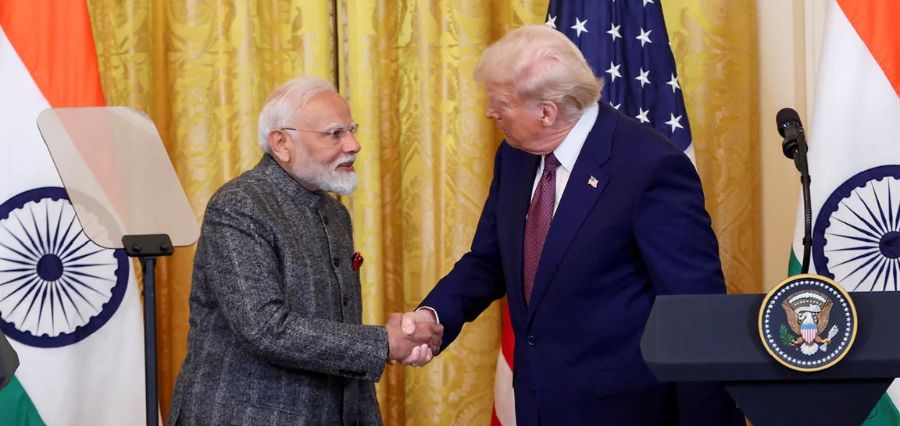Prime Highlights
- India and the US are close to a bilateral trade agreement ahead of the expiring July 9 tariff relief.
- The pact will seek to restore balance of trade without imposing severe US tariffs on Indian exports.
Key Facts
- Mutual tariffs of up to 26% on Indian imports can be put on hold under this deal.
- India will buy more US farm goods and liquefied natural gas.
Key Background
India and America are said to be in the last stages of talks for a vital bilateral trade pact. The interim deal, to be made public in the next few days, is aimed at avoiding the reimposition of high US tariffs—up to 26% in some cases—on Indian exports once the interim 90-day pause ends on July 9.
The talks are aimed at concluding long-standing trade differences and making the two countries’ economic relationship deeper. The deal will aim at lowering tariff barriers, particularly in sensitive sectors like energy and agriculture, the senior officials said. India has shown restraint in accepting more US genetically modified farm produce, having clearly laid out its aspirations to defend local farmers and food sovereignty. Though, it is expected to grant tariff relief on some of the US goods, including almonds, pistachios, and fruits.
Energy trade forms the cornerstones of the planned agreement. India, with expanding energy needs, will most likely pledge to boost US liquefied natural gas imports. This action not only fulfills India’s energy needs but also contains the huge bilateral commerce surplus it has of over $40 billion.
While this temporary agreement is arguably most concentrated on short-term tariff issues, both countries are said to be setting the stage for an overall bilateral trade agreement by year’s end. The larger agreement has the promise of almost doubling existing bilateral trade levels to more than $500 billion in 2030. It also falls within a larger strategic framework as India and the US continue to expand collaboration on defense, technology, and security issues of the region.
This proposed trade agreement is not merely economic—it is a deepening geopolitics alliance between two of the globe’s premier democracies.
Read Also : Nike Reports Smaller-Than-Expected Q4 Revenue Drop Amid Strategic Turnaround







